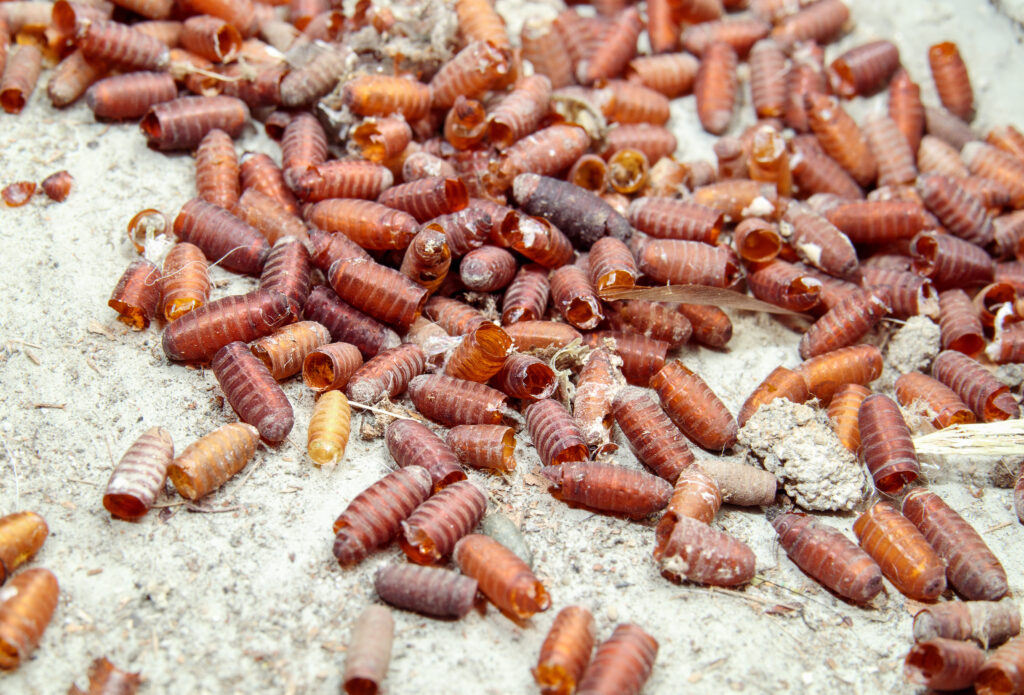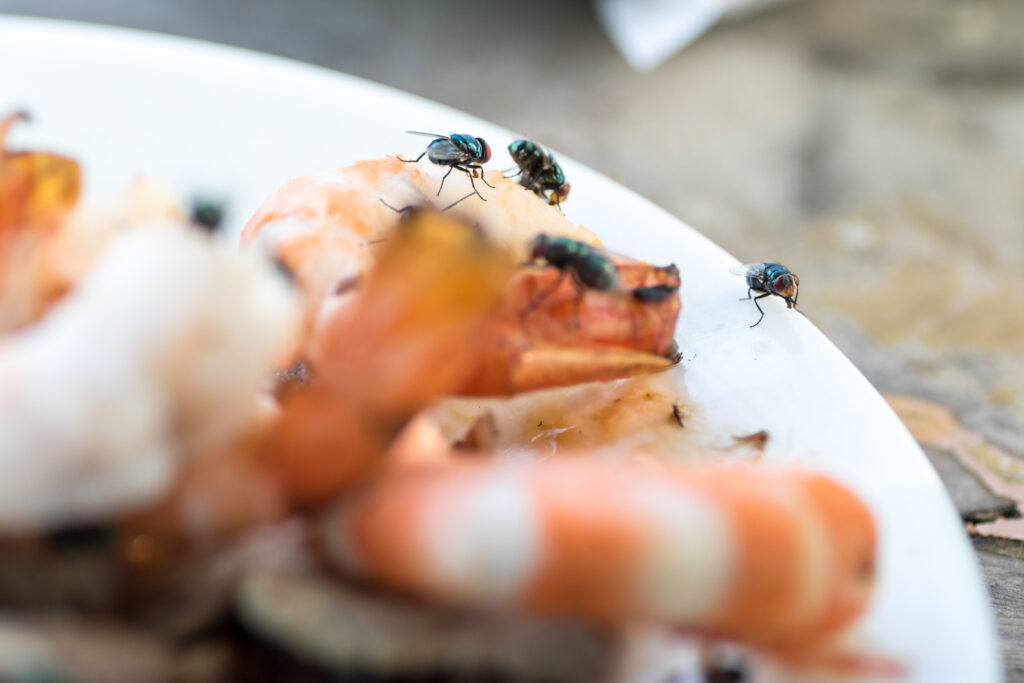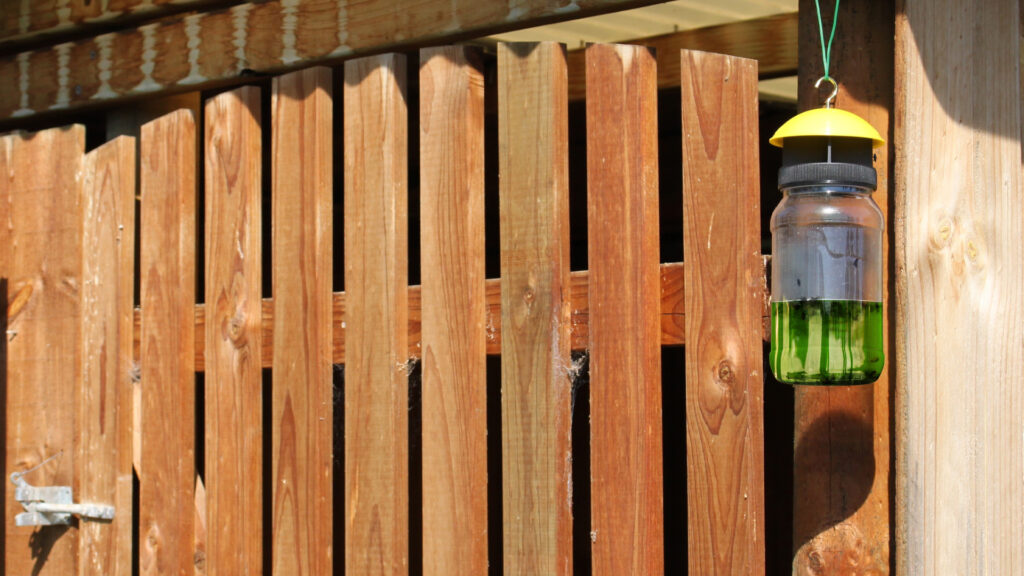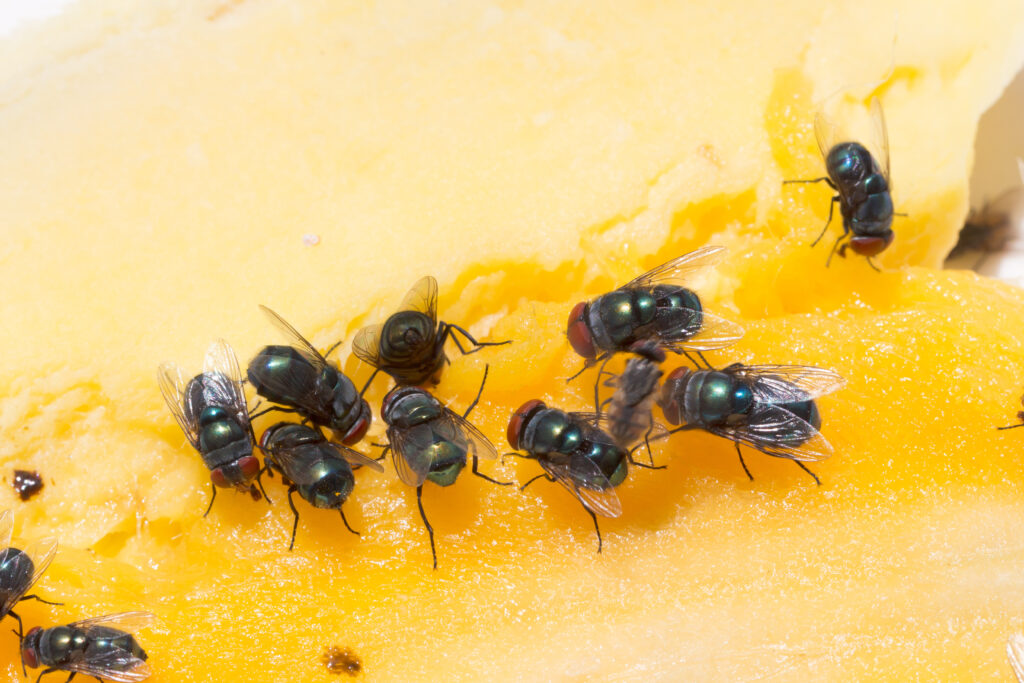Introduction
As winter fades and the country awakens from its slumber, the arrival of spring brings with it a symphony of life and renewal. And this spring is forecast to be one of the warmest we have seen in a long while! Among the myriad of creatures that take advantage of the changing seasons, flies stand out as some of the most prolific and adaptable insects. A warm spring can serve as a catalyst for their rapid population growth, leading to a significant increase in their numbers. In this blog, we delve into the fascinating world of flies and explore how a warm spring can set the stage for their explosive population expansion.
The Lifecycle of Flies
Before we dive into the correlation between warm springs and fly population growth, let’s briefly understand the lifecycle of these insects. Flies undergo a metamorphic process called “complete metamorphosis,” which consists of four distinct stages: egg, larva (maggot), pupa, and adult. Flies lay their eggs on organic matter such as decaying plants, food waste, or animal remains. The warm and moist conditions of spring are particularly conducive to the hatching of fly eggs. The larvae feed on moist, bacteria-rich substrates and then transform during the puparial stage into adult flies.

The Impact of Warmth on Fly Development
Temperature plays a pivotal role in the growth and development of flies. A warmer environment accelerates their metabolic rate, causing them to progress through their lifecycle stages at a faster pace.
- When spring arrives with higher temperatures, it sets the stage for a rapid increase in the rate of egg hatching, larval development, and pupation.
- Flies that might have remained in their pupal stage during colder months are prompted to emerge as adults sooner when temperatures are more favourable.
This means that you will soon notice more flies hanging around potential food sources like your bins and outdoor animal waste (domestic pets and chickens) and interfering with your outdoor, and indoor, spring activities.

Reproduction Rates in Warm Conditions
Female flies quickly become active in warmer weather. Warmer temperatures stimulate their reproductive systems, leading to an increase in egg-laying activity. Houseflies, bush flies, and blowflies find ample breeding grounds in the form of moist, decaying organic and waste materials, and the warmer conditions of spring enhance their ability to reproduce quickly.
Shortened Generational Intervals
Warmer temperatures not only accelerate the development of individual flies but also shorten the time between generations. With each generation, the population multiplies exponentially. As a result, a warm spring allows for the emergence of multiple generations of flies within a relatively short span of time. This rapid succession of generations can lead to a surge in fly numbers that can sometimes become challenging to manage.

Environmental Factors and Fly Growth
While warmth is a key factor in fly population growth, other environmental conditions also play a role. Adequate moisture levels, availability of suitable breeding sites, and the presence of organic matter all contribute to the thriving fly populations. A warm spring, coupled with these favourable conditions, creates the perfect storm for an explosive increase in the fly population.
Mitigation and Control
Dealing with a rapid fly population growth can be a challenge, as flies can carry diseases, contaminate food, and play havoc with our outdoor activities. To manage fly populations, sanitation practices play a critical role. Proper waste disposal, management of decaying matter (e.g. composting), and reducing breeding sites can help curb fly numbers. Additionally, traps can be employed as part of your integrated pest management strategy. We recommend EnviroSafe fly traps in the handy Standard size (750ml) for suburban back yards, and the Jumbo size (2.5L) for those living in rural areas. They are simple to use and super effective at removing excess flies during spring.

The interplay between environmental factors and insect populations is a complex and fascinating aspect of nature. A warm spring, like the one we are now expecting, serves as a catalyst for the accelerated growth of fly populations, thanks to its influence on their metabolic rates, reproductive cycles, and generational intervals. As spring ushers in higher temperatures and rejuvenates the natural world, it also provides a conducive environment for flies to thrive and multiply.

